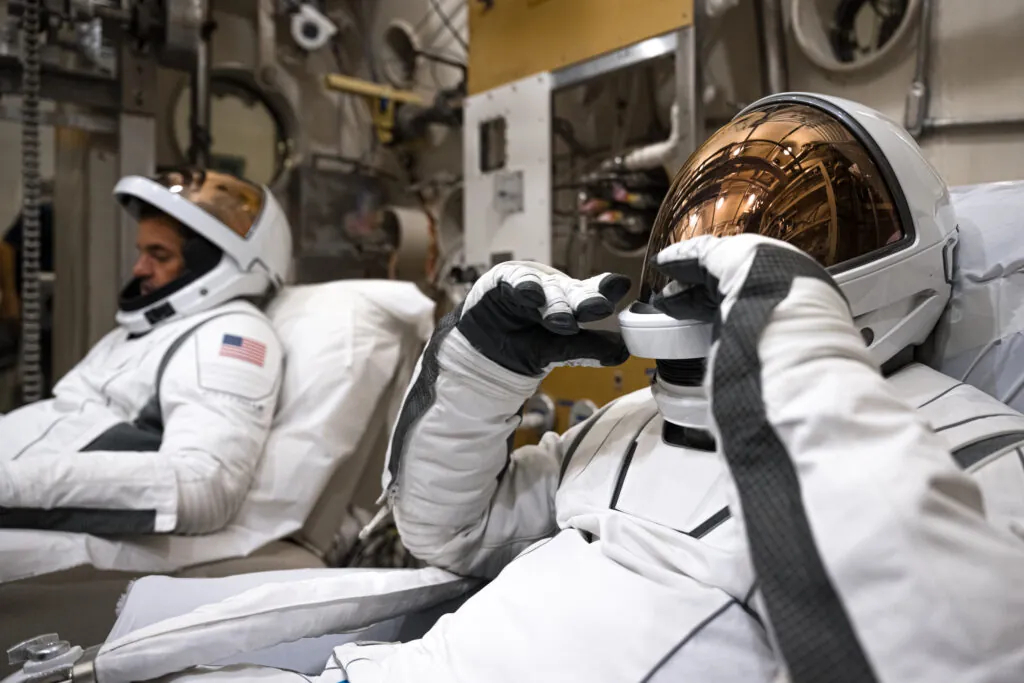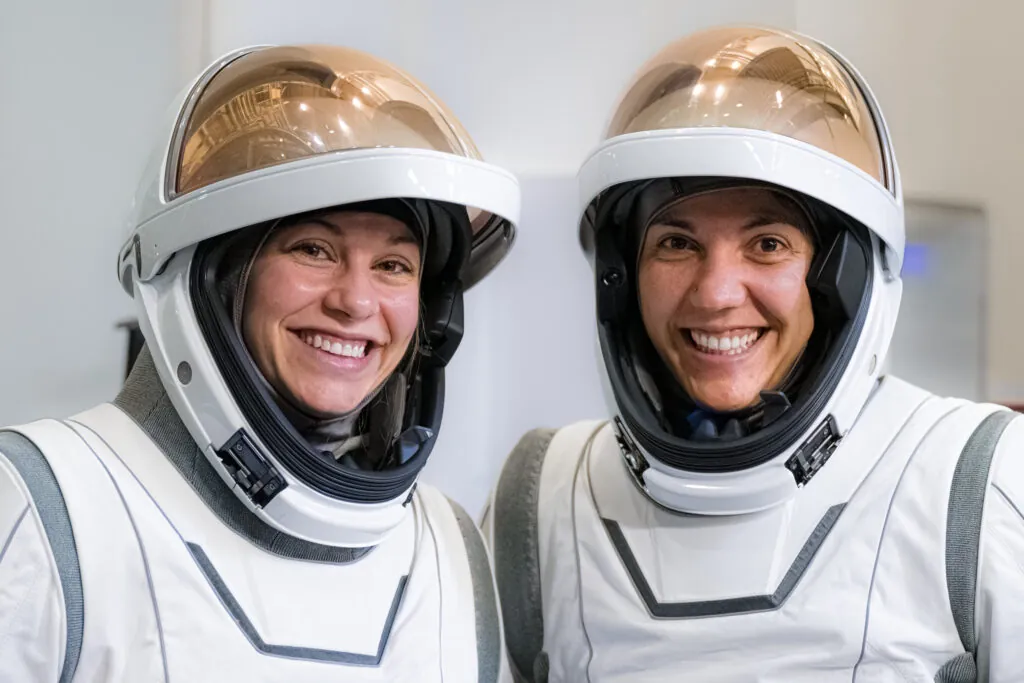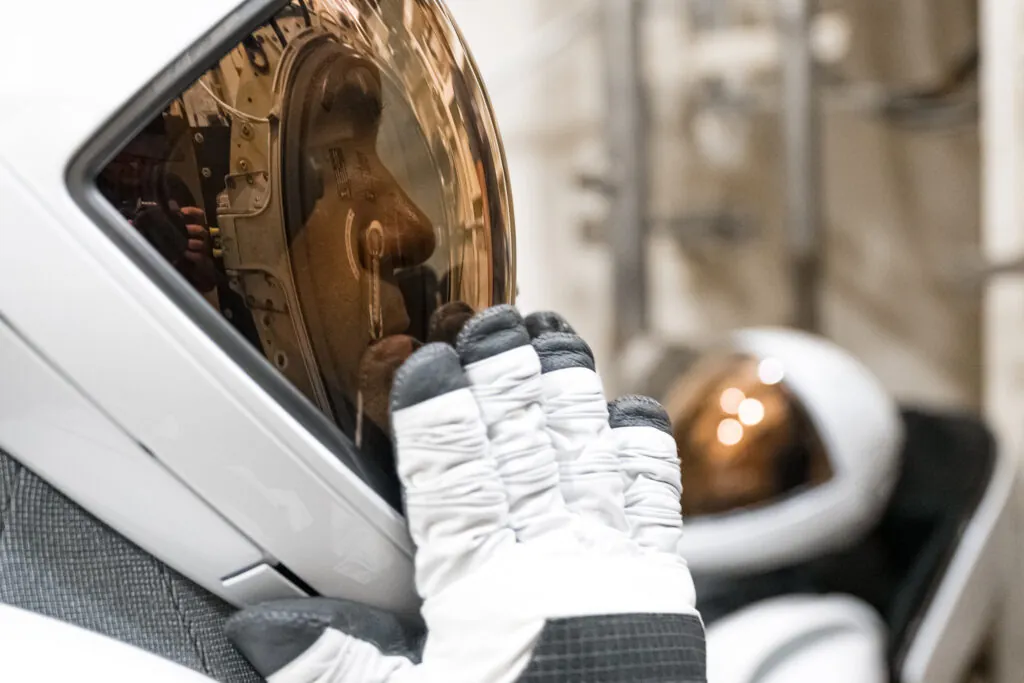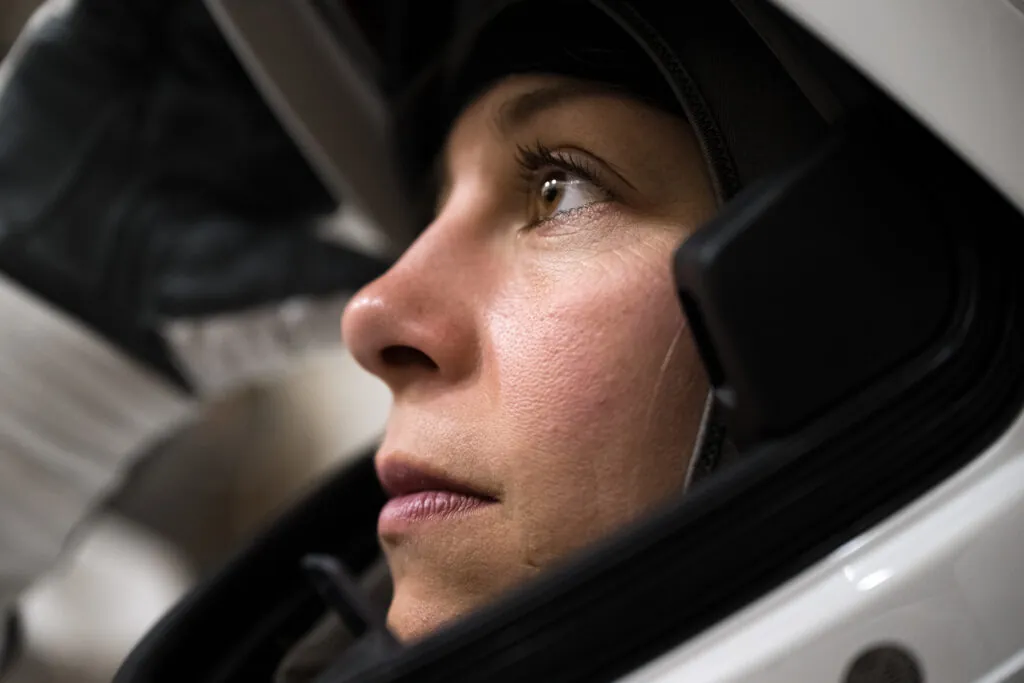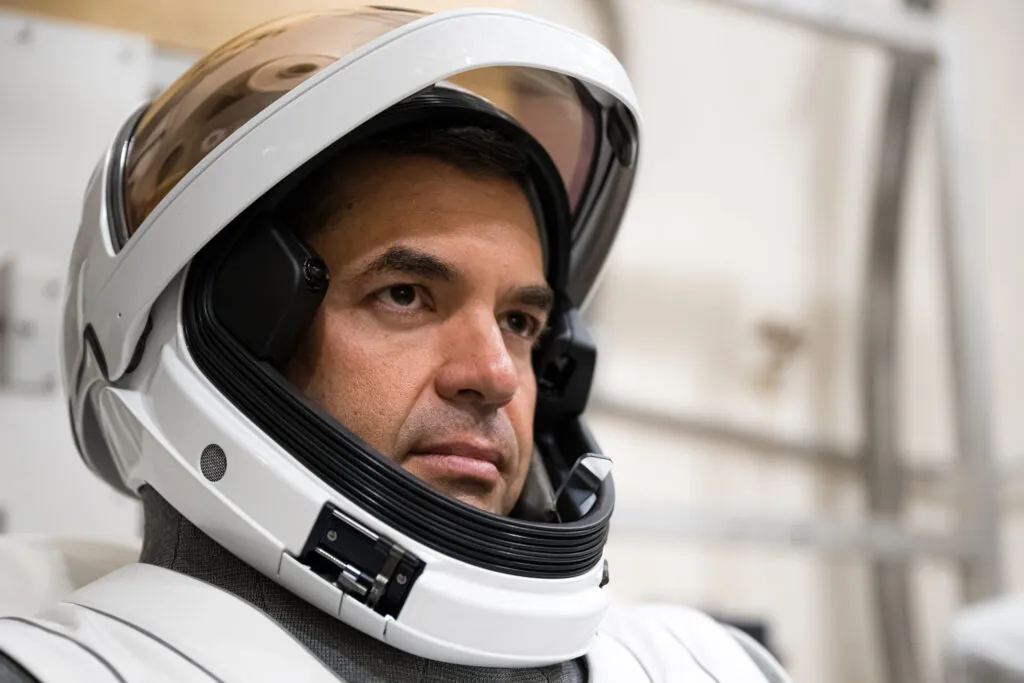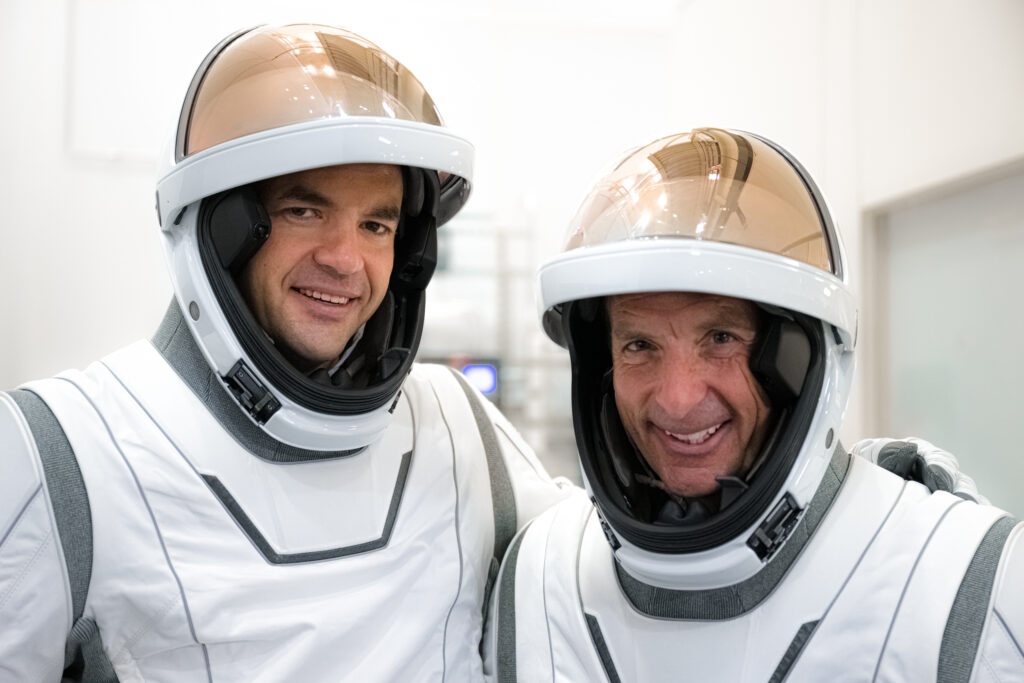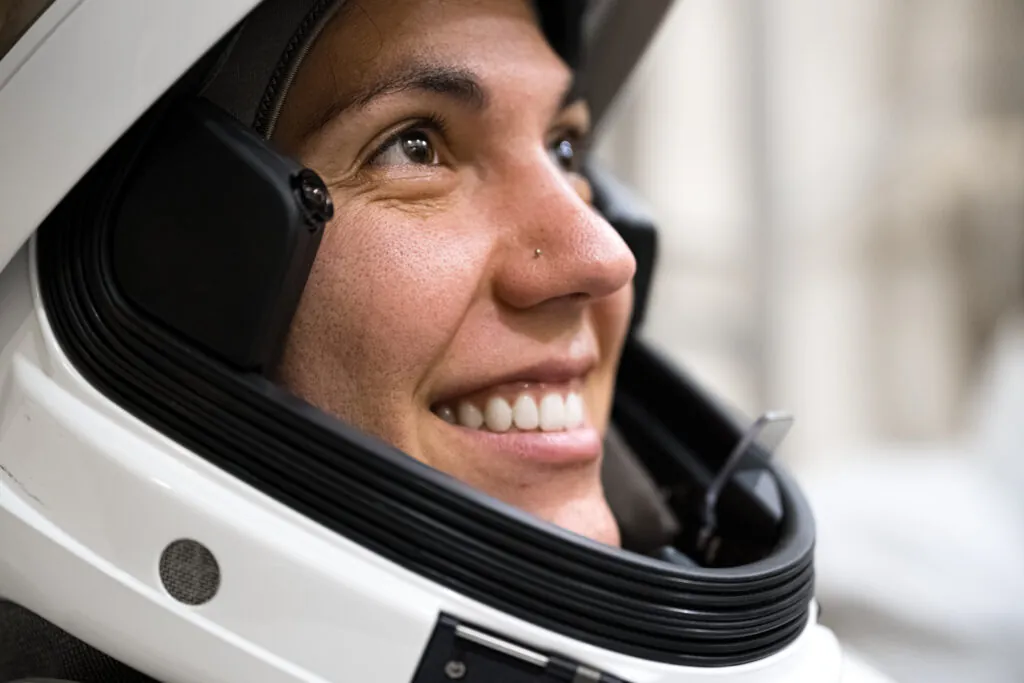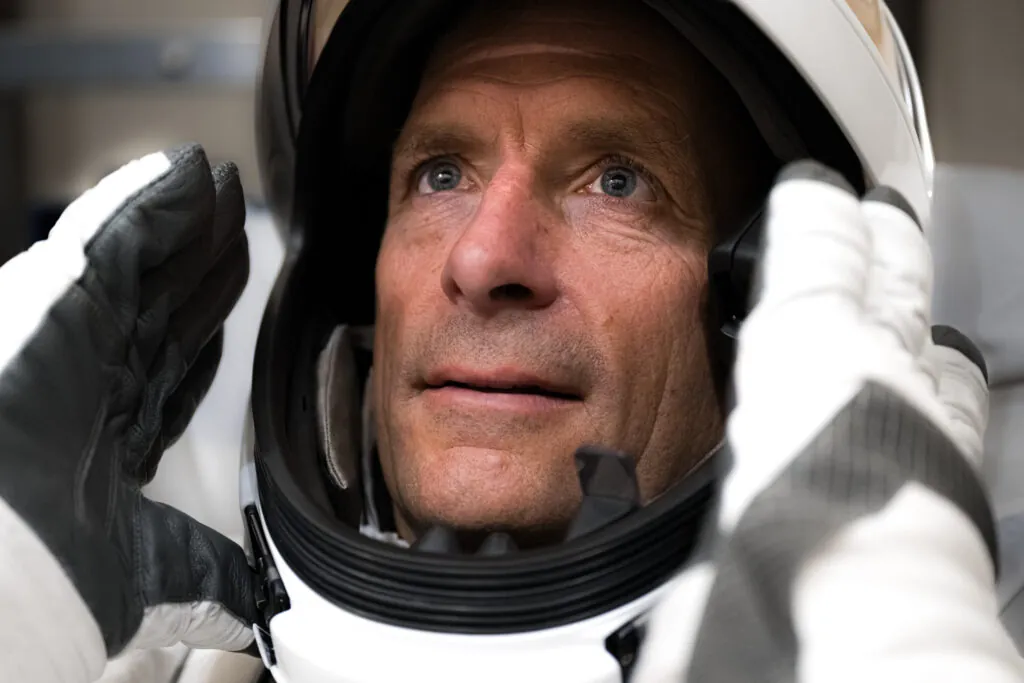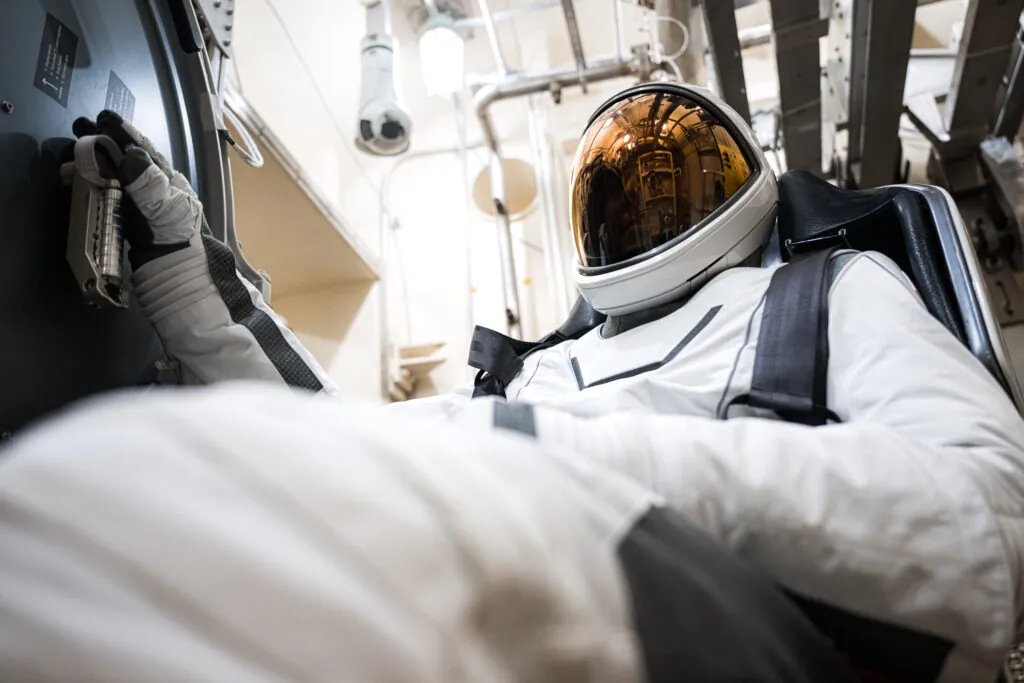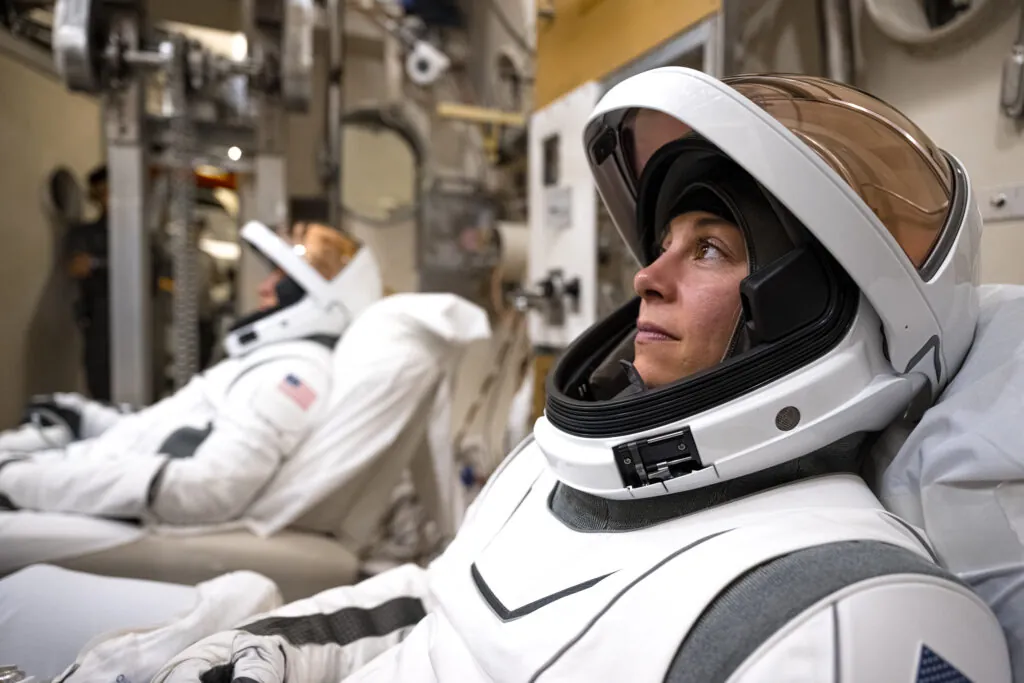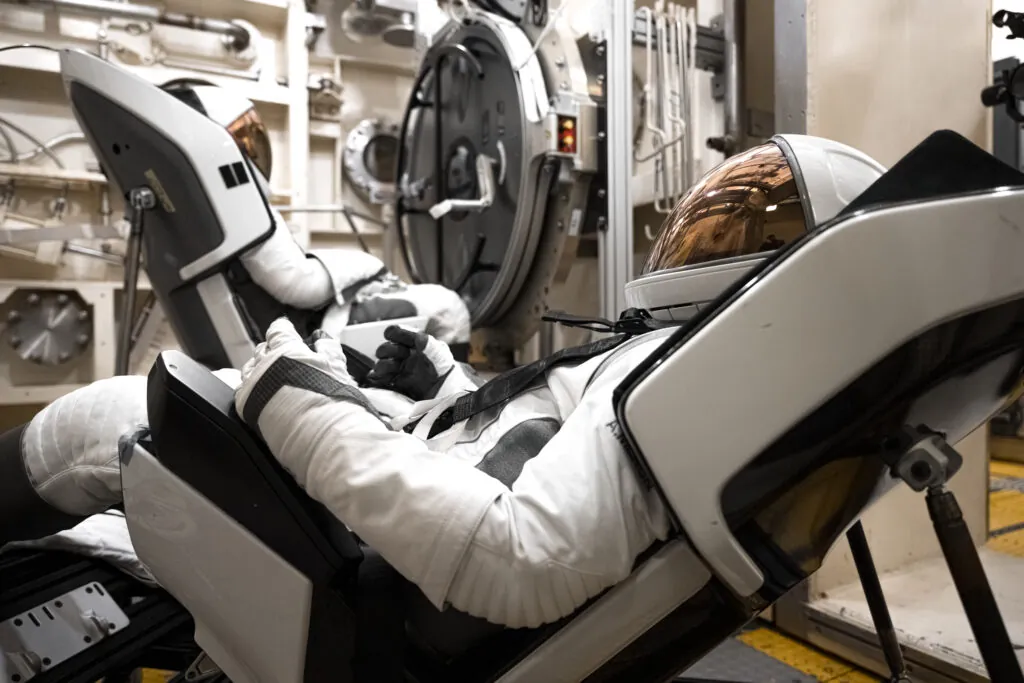
Polaris Dawn crew completes final series of EVA spacesuit testing
The Polaris Dawn crew recently completed a series of spacesuit acceptance tests in preparation for the mission’s extravehicular activity, or spacewalk, marking the final significant developmental and test milestone for SpaceX’s newly-developed EVA spacesuit.
Completing the first commercial extravehicular activity in low-Earth orbit is an important first step towards a future where millions of humans are visiting, working, and living on the Moon, Mars, and other destinations in our solar system.
These tests marked the first time the Polaris Dawn crew wore the spacesuit in a vacuum environment, which allowed for:
- Familiarization with how the spacesuit performs in a vacuum;
- Collection of spacesuit and biometric data to assess the overall system’s performance in a flight-like environment;
- Understanding of general impacts of pressure changes on their body during pressurized operations;
- Insight into the various thermal states expected throughout the spacewalk; and
- An elevated metabolic period for the crew to simulate the expected workload during the spacewalk, as well as a reduced-activity period to understand the trend of body temperatures throughout the operation
Polaris Dawn’s spacewalk will mark both the first-ever commercial spacewalk and the first time that four astronauts will be concurrently exposed to the vacuum of space. During the approximately two-hour-long operation, Mission Commander Jared Isaacman and Mission Specialist Sarah Gillis will separately exit the Dragon spacecraft through its forward hatch. Mission Pilot Kidd Poteet and Mission Specialist & Medical Officer Anna Menon will remain seated, managing spacesuit umbilicals and monitoring telemetry on Dragon’s interior displays.
This final spacesuit testing milestone took place at NASA’s Johnson Space Center in Houston, Texas, June 24-28, utilizing a historic chamber facility previously used to support testing of America’s earliest spacesuits and spacecraft during the Gemini and Apollo programs. Built in the mid-1960s, the facility was added to the National Register of Historic Places in 1985 and remains in use today to support various space industry tests.
“It was a profound feeling for our crew to conduct operations in the same vacuum chambers that supported the Gemini and Apollo programs in the 1960s,” said Jared Isaacman.
“These facilities were declared national historic landmarks because of the history they made then, and still today they make history and advance humankind’s capabilities in space. We are very grateful to the teams at NASA and SpaceX who contributed to the development and safe testing of these spacesuits.”
